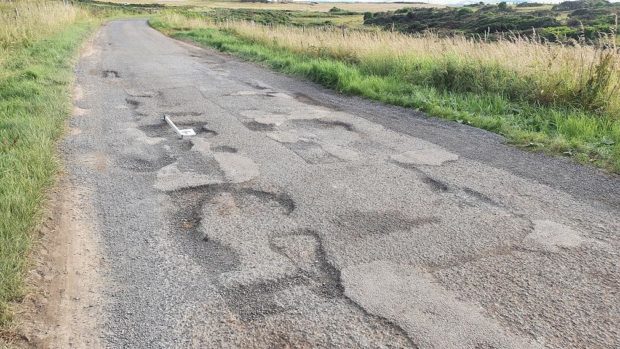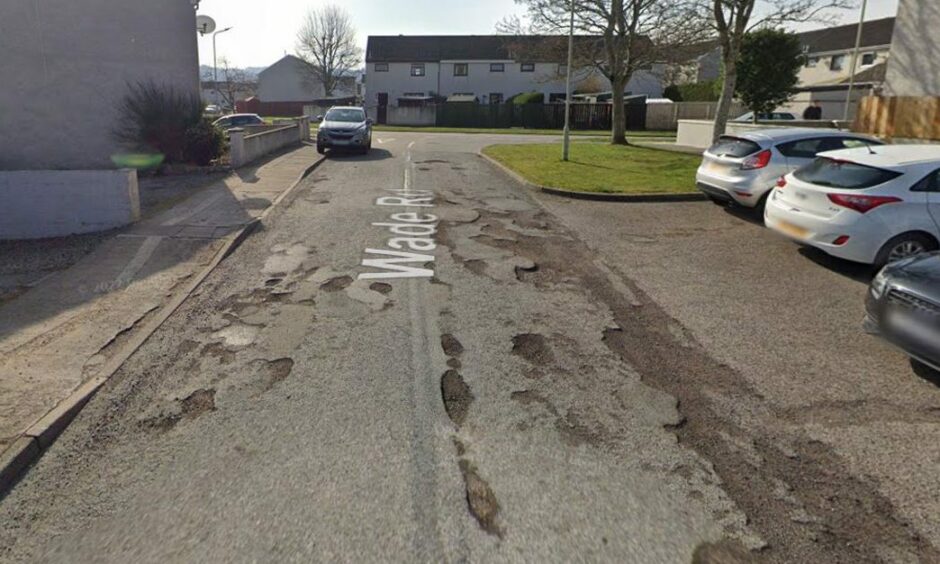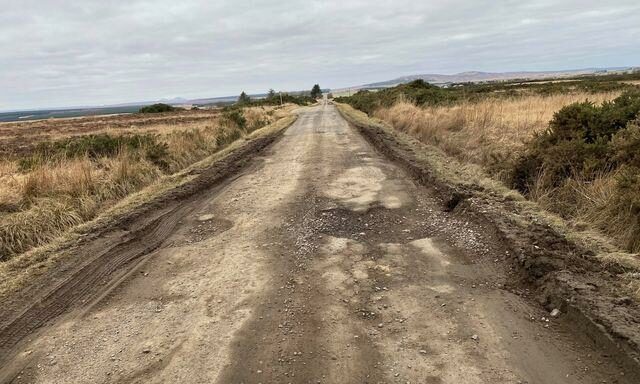The condition of Highland roads have shown a slight improvement in the last year, a major transport survey has shown.
Highland Council has been ranked 25th out of 32 local authorities in the latest edition of the Scottish Road Maintenance Condition Survey.
This 2022 result is a small improvement on the council being ranked 26th in the previous survey.
Overall, the number of roads in need of repair has shown an improvement.
Back in 2020, 39.1% of roads were deemed in need of repair.
Now the figure is 36.5%.
While it will be welcomed that the figure is heading in the right direction, only 29% of the north’s roads needed repairs in 2011.
Back then, Highland Council was ranked ninth in Scotland.
Slight improvement follows ‘significant deterioration’
The latest findings will be discussed at the council’s economy and infrastructure committee on May 4.
A full breakdown across Scotland will not be available until every council has published its results.
But at the moment, we do know that there is quite a chasm between the best and worst performing councils in the country.
The best council needs 21% of its roads fixed, while the worst performing needs a whopping 49%.
The figure is calculated by adding up the roads rated ‘red’ and ‘amber’ after inspection.
Highland Council principal engineer Elizabeth Maciver said: “Comparing our results over the last 11 years shows a significant deterioration in our [score], but there has been an improvement from the last result.”
Back in 2019, it was estimated that bringing up all of the Highlands’ roads up to an acceptable standard would cost a whopping £195m.
To keep things steady – as in, maintaining things so there is no improvement or deterioration – would cost £25m.
An updated figure for 2023-24 is currently being calculated by the Society of Chief Officers of Transportation in Scotland.
Ms Maciver added: “In reality, to treat all the red and amber sections in one year is both impractical and unattainable.
“But the figure does allow a comparative budgetary valuation to be calculated which can be monitored on an ongoing basis.”
Road issues at the top of council’s to-do list
Highland Council is facing a bleak financial picture.
This year’s budget will feature cuts of around £50m.
And earlier this year, the council’s own director of finance said it was “not currently financially sustainable in the medium to long-term”.
However, the council’s leadership team still decided to increase the amount of money going towards fixing its roads.
That’s an indication of how often the public have been flagging up potholes and other defects.
More detailed information on what exactly this will involve has now been revealed.
And it appears to be good news for Caithness and Skye, where the problems have been the most severe.
£1.8m will be spent on resurfacing in each area.
Around £1m will be spent in Inverness, £1.3m in Ross and Cromarty, £830,000 in Sutherland, £695,000 in Lochaber and £134,000 in Nairn.
Principal engineer Maciver said: “Due to the significant long-term deterioration of the road network, particularly in rural roads, priority has been given to resurfacing schemes as opposed to surface dressing.
“This will add strength back into the road network.
“As is commonly known, we have a large backlog of work, and the additional funding is a welcome enhancement.”



Conversation